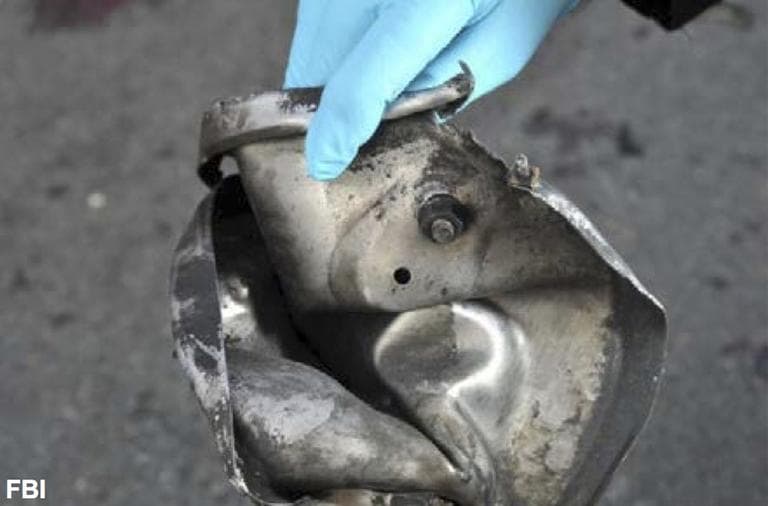Advertisement
What Is A 'Weapon Of Mass Destruction'?
Resume
Boston Marathon bombing suspect Dzhokhar Tsarnaev, 19, has been charged with using a weapon of mass destruction (WMD) in the attack that left three people dead and more than 250 injured.
Federal officials have said that the devices used in the bombing were pressure cookers filled with low-grade explosives and projectiles including BBs and nails. Is that a WMD?
It turns out the legal definition of a WMD is pretty broad.
According to the statute, a weapon of mass destruction is a "destructive device" which includes "any explosive, incendiary or poison gas."
John Mueller, a political science professor at Ohio State University, writes in Foreign Policy magazine, "perhaps the real question is not what is a WMD, but what isn't?"
“It exempts guns with a bore of less than half an inch, so hunting rifles are OK, but Revolutionary muskets would be weapons of mass destruction - which explains why the shot was heard round the world,” Mueller told Here & Now's Robin Young.
Mueller explains that the definition of "weapon of mass destruction" is broad so prosecutors can use it as leverage in plea deals.
Guest:
- John Mueller, political science professor at Ohio State University and senior fellow at the Cato Institute.
This segment aired on April 25, 2013.